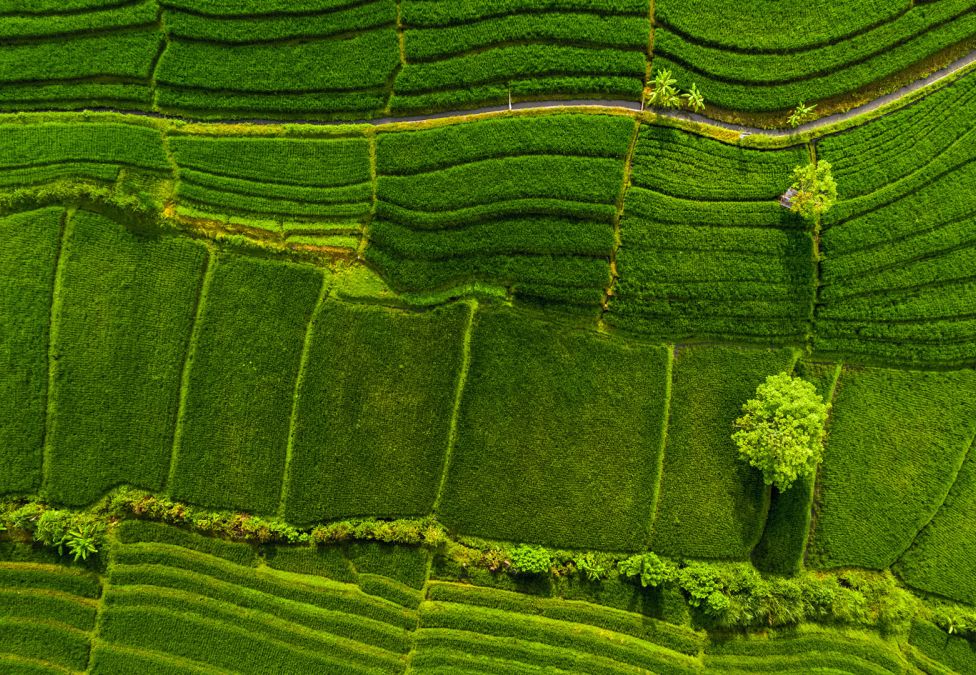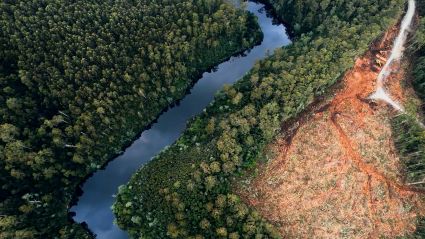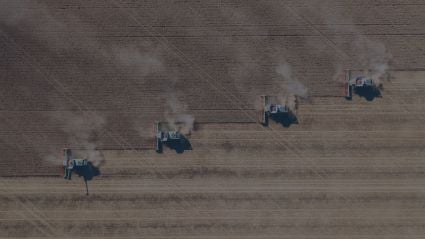
Nature has long been undervalued and misunderstood. The belief that nature exists to serve humankind is dangerous for the planet and people. A modern worldview of the importance of nature should take its cue from the findings of The Dasgupta Review, which concluded that nature—that is, natural capital—is our most precious asset and should be at the absolute core of economics.
“We—and our economies—are ‘embedded’ within nature, not external to it,” Dasgupta wrote. “Continuing down our current path—where our demands on nature far exceed its capacity to supply—presents extreme risks and uncertainty for our economies. Sustainable economic growth […] requires us to take a different path, where our engagements with nature are not only sustainable but also enhance our collective wealth and well-being and that of our descendants.”
Part of our mission as stewards of capital, including our role as stewards of farmland and timberland assets, is to shine a light on the value of these natural capital assets, not only for their financial value but also for their value in addressing the world’s most pressing sustainability challenges: climate change, loss of nature, and rising inequality.
Valuing nature can go hand in hand with better financial outcomes.
Valuing nature and the wealth of natural systems can play a greater role in how we approach investing. For example, we believe investing in farmland is a sensible investment strategy that can offer an inflation hedge, portfolio diversification, and a source of competitive long-term returns. However, we’ve realized that investing in natural capital, including farmland, can provide additional value both to investors and society. That’s because investing in farmland is an investment in nature: in soil, water, plants, and biodiversity. Therefore, an investment in sustainable agriculture can be a fundamental part of an investor's portfolio that also provides food, fiber, and fuel assets for future generations while helping to address the sustainability challenges of our time.
Regenerative farming practices can be used to elevate these priorities. As a farmland management framework, regenerative practices dictate that the goals of soil health and productivity should guide management decisions. This leads to optimized farm production, enhanced biodiversity, and better sequestration of atmospheric carbon into the soil, enhancing the inherent value of nature. This stands in stark contrast to non-sustainable practices, which end up degrading nature.
Regenerative practices are common sense from a nature-focused agricultural point of view. They involve things such as orchard recycling and conservation tillage that maintain or reincorporate residues on or into the soil. They include cover vegetation and nonproductive vegetation, such as grassed waterways and support-land vegetation, which enhance natural biodiversity, pest control, and carbon sequestration potential. Crop rotation, soil amendments, intercropping, and rotational grazing are also core regenerative practices that support soil health and help optimize crop yields.
It may come as no surprise that these same regenerative practices are also common sense from a climate perspective—not only because of their well-known potential to increase soil carbon sequestration but also because they’re important for reducing emissions. Reducing tillage means fewer tractor passes and less fuel burned. Recycling older trees back into the orchard replaced the practice of burning them, and the emissions of CO2 and other particulate matter that resulted. Practices that enhance soil health over the long term make existing arable land more productive, reducing pressure to convert forests or other high-carbon stock landscapes into farmland and avoiding the emissions that would result. Regenerative agriculture can even grow healthier, more nutrient-dense foods with longer shelf lives, reducing emissions associated with food waste.
Preserving and enhancing the value of nature is a priority we all share. Whether you’re a farmer who has an interest in sustaining your land for future generations, a business located in the global food supply chain, or an individual buying food for your family, your ability to create financial value and have your basic needs met is embedded in and dependent upon the continued strong health of natural systems.
Whether we’re thinking from a regulatory, business, or investment perspective, putting nature first can help us right the balance in the contemporary challenge of nature loss while adapting to a changing world. This is the case whether we’re looking at the more local level, such as an individual farm, forest, or business with negative externalities, or at the macro level, such as the global picture of greenhouse gas emissions, regional regulations governing deforestation, or the basic human right to enjoy access to clean water and sanitation.
Recognizing nature’s inherent value—and making an effort to sustain and even enhance this value—is essential to our ability to make a difference in addressing sustainability challenges and realizing a sustainable economic path forward.






















